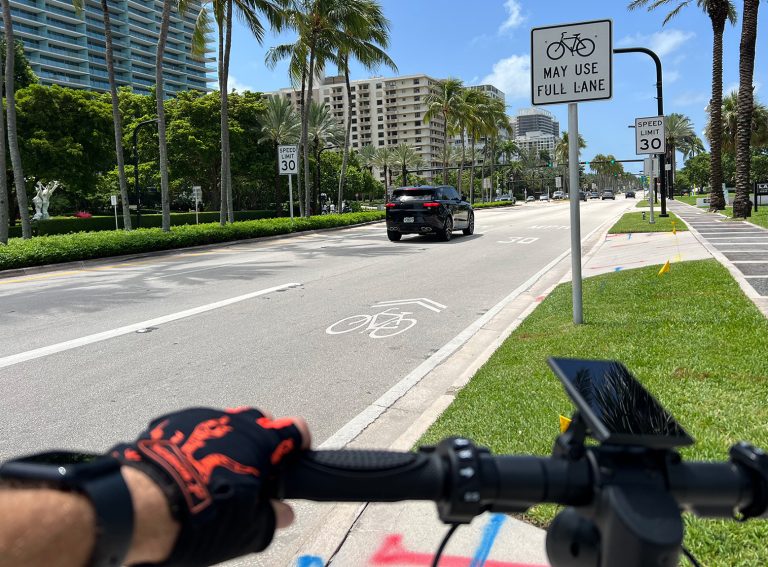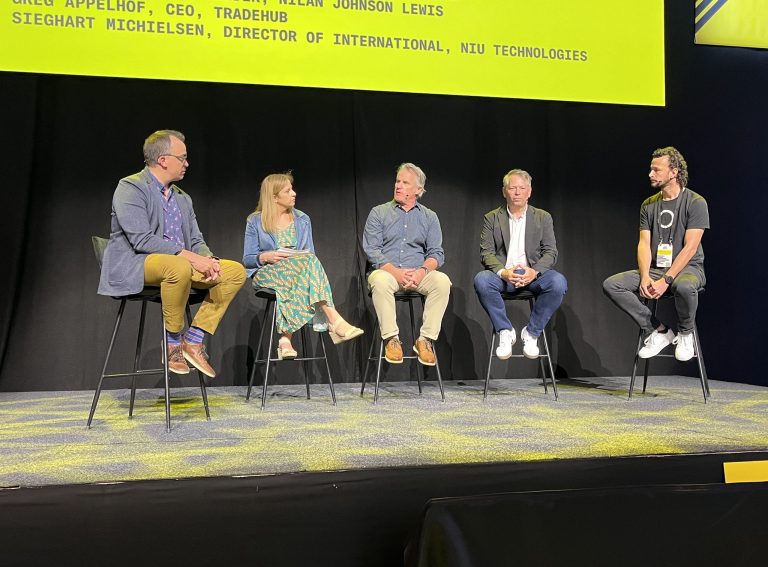Author: Agustin Guilisasti, HumanForest CEO and Founder
Last year witnessed an increased pace of change within the automotive sector, with over 50 EVs now available to buy from within the UK.
As the 2030 deadline approaches, the race to announce new and exciting EV models is heating up.
The new kids on the block
But it’s not just the traditional automotive manufacturers driving the newsflow of new electric vehicle product launches. Several electric startups such as Byton, Canoo, NIO, Lucid and Rivian are joining the market with many making a more powerful mark on the electrification of the sector than the incumbents.
At the end of last year, Rivian R1T battery-electric pickup was awarded Motor Trend magazine’s North American Truck of the Year, beating more traditional automakers such as Ford and Hyundai. Likewise, the magazine’s Car of the Year was given to the Lucid Air, considered to be a competitor to Tesla’s Model S.
As well as new entrants into the space, several other more established companies are also entering the fray as the manufacturing load shifts from combustion engine parts to the software controls. Companies like Sony, with their experience of developing best in class electronics, are beginning to show their potential within the EV space – the company has just recently revealed its prototype seven-seat electric SUV and announced the formation of “Sony Mobility, Inc.,” a new company to focus on mobility and EV efforts.
The importance of Active Transport
As the corporate spotlight begins to evolve to a more diverse automaker landscape, we believe there is also space for a rethink of the way we approach our day to day attitude towards mobility.
During last year’s COP26 conference there was surprise voiced by much of the transport industry that no mention of cycling, walking or trains was given within the agenda for the conference’s ‘Transport Day’. Active Travel is widely touted by industry experts as the most powerful means to succeed with our cities’ transition to net zero. A recent report by Oxford University, based on data from seven European cities, found that the daily mobility-related life cycle of CO2 emissions is 3.2kg CO2 per person – with cars contributing 70 per cent of this and cycling only one per cent. Clearly, moving away from a car-centric mindset could speed up the much-needed reduction in CO2 emissions.
Broadening the mobility landscape
But a cleaner mobility landscape does not only have to involve electric cars and active transport; at HumanForest we feel there is potential to have a more creative mindset towards mobility. In fact, the blight of congestion facing most cities will not be solved if consumers simply shift from ICE cars to electric cars. We believe we need a greater mobility mix to effectively manage and reduce the high level of urban road traffic.
Several companies are announcing innovative modes of transport which are both green and practical for a plethora of use-cases. In September last year, Royal Mail announced a trial of ‘micro’ EVs described as vehicles about the “size of a quad bike or golf buggy” used for delivering letters and small parcels. Furthermore, Electra Meccanica are launching an extraordinary electric three wheeler, named the ‘Solo’, which Bloomberg has described as “all-electric like a Tesla” but “priced like a Ford Fiesta. It’s one of the oddest-looking vehicles you’ve ever seen — and it may just redefine the commuter car?”. We don’t need to look far and wide to see that the range of mobility options is becoming more varied and more tailored to specific types of journeys.
Multimodal fleets
At HumanForest, alongside our shared electric bikes, we are gearing up for launching shared electric mopeds within the coming months. We see a slightly different, but equally important use case for these vehicles, such as serving those who face longer journeys or commutes, those looking to bring along a passenger and/or those who are unable to use pedal-assist bicycles. Moreover, they offer great potential for delivery riders who need more space to carry their products (each emoped can hold up to 5.6kg of consumer or business goods).
For us at HumanForest it’s important to ensure that as we grow our operations, our emphasis on sustainability and the environment remains front of mind. Our entire fleet as well as our service vehicles are powered by certified renewable energy and we are in the process of being accredited by First Climate to assure all our stakeholders that we are creating the most sustainable micromobility company in the market.
HumanForest is not the only micromobility company to understand the importance of multi-modal fleets, many of our sector peers are also pursuing this model and ensuring that customers have a range of products to move around our urban landscapes. At HumanForest we feel reassured by this; hoping that more options encourage consumers (and urban policy makers!) to think more creatively about how our city dwellers get from A to B and move away from the typical car versus active transport mindset.
Shared mobility
Another key way to manage the number of vehicles on the roads and therefore address the congestion and pollution levels is, of course, shared mobility. Again, it’s great to see the speed at which the whole sector is expanding with McKinsey estimating that the shared mobility market could grow by 28 percent per year between 2015 to 2030.
This sentiment was reinforced in December last year by UK Junior Transport Minister Trudy Harrison when she stated that owning a car was outdated ’20th-century thinking’ and encouraged the country to consider how we move to ‘shared mobility’ to cut carbon emissions.
Whether it be ride sharing, electric car clubs, bikes, electric bikes, scooters, electric scooters, electric mopeds or some of the even more creative options mentioned above, all these models move us closer to a cleaner, less congested environment.
The challenges we need to address
In order to make green and multi-modal mobility successful there are still a few key challenges which need to be addressed. For the consumer, one really important factor is affordability. We believe that to really transform the way people move, the products have to be made available for as many socio-economic groups as possible. That’s why we have created a pricing model where every user can cycle for free for ten minutes per day, every day. This makes us the most cost effective micromobility solution in the market.
Another key factor is the availability of the products. At HumanForest, using our proprietary data system, we have estimated that the only option for a truly strong user experience is to make sure that customers are never further than a five minute walk from their closest ebike or emoped. For this, operators require permission to deploy across the cities from local authorities, as well as suitable and available parking facilities.
Innovation driving consumer demand
There is some way to go to convince all local authorities to make the investment needed in creating the policy structures and physical infrastructure needed to support this transition. However, in the meantime we are seeing an extraordinary level of innovation, driving consumer interest, not only in traditional EVs but also in a healthy and diverse mobility mix.
As consumers realise the importance of the range of transport options, particularly in urban spaces, private ownership is likely to diminish – few people have the space or the capital to invest in more than two vehicles, whatever the mix might be. It might not happen overnight, but at HumanForest we are seeing innovation and consumer demand creating the environment required to support cities shifting away from the dominance of the car.
At HumanForest, we agree with Trudy and are excited to be part of a great revolution moving towards a future shaped by a range of shared, multimodal and green modes of transport!








